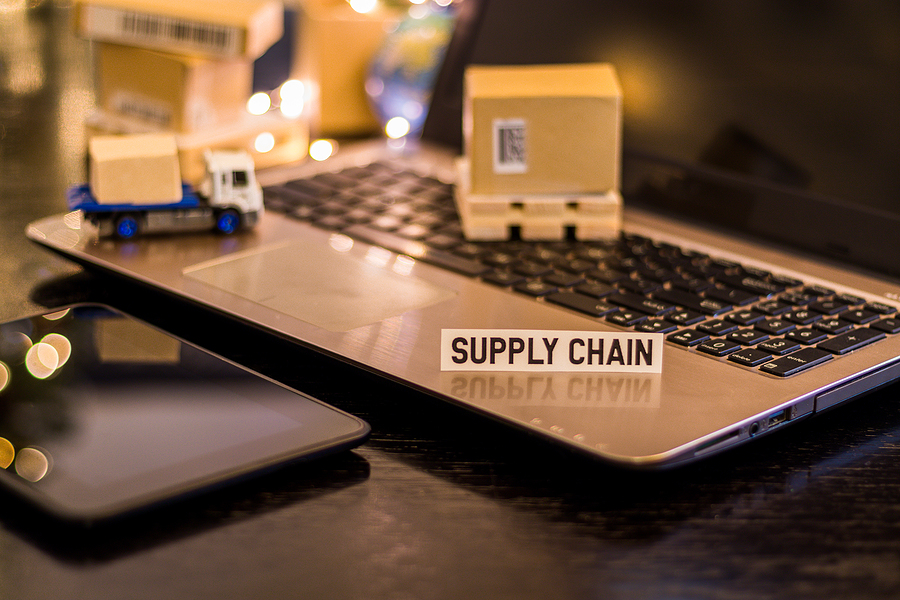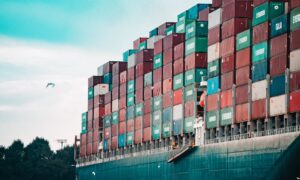Recent times have put supply chain integrity and flexibility to the test. Only 21% of supply chain professionals say they already have a resilient network. But that will change — more than half expect to boost their resiliency within the next two or three years.
Having a resilient supply chain allows companies to quickly recover from disruption. Well-equipped businesses can rapidly identify and respond to risk events, such as supply shortages and delivery delays, and can modify their activities and prevent major setbacks.
Here are a few ways to start building a resilient supply chain and maintain efficiency in challenging times.
Strengthen sourcing strategies
Businesses gain more flexibility when they extend and diversify their supplier networks instead of relying on single sources for their materials. With multiple suppliers in different locations, they’re more likely to stay afloat during unforeseeable events.
But it’s not enough to have more suppliers to reach out to in times of trouble. Mapping and continually monitoring suppliers draws immediate attention to disruptions and their potential impacts in real-time. This buys companies time to seek alternative sources, notify customers of delays, and adjust or reallocate inventory.
Bring the supply closer to customers
Creating local supply chains adds an extra layer of complexity to supply chain networks, but keeping things close makes it easier to manage inventories and deliveries. Plus, when disruptions occur offshore, local connections can step in to fill demands.
One way to bring inventory closer without taking up valuable warehouse space is to install smart lockers at servicing centers, retail locations, and other common destinations along the supply chain. Smart lockers can secure a wide variety of equipment and products — including oversized and temperature-sensitive items — in easily accessible places.
Improve visibility and transparency
The Internet of Things (IoT) provides a complete, automated, and accurate picture of the supply chain — it continually collects, processes, and shares data. This kind of transparency relies on strong partnerships and information sharing between suppliers, manufacturers, and customers, and can help decision-makers navigate challenges like:
- Shortages of supplies and materials
- Growing and shifting demands
- Unfavorable environmental conditions
- Failed and delayed deliveries
Plan for the future
Seasonal shifts, economic challenges, and other situations can lead to dramatic changes in supply and demand. Tools like artificial intelligence and machine learning have made it possible to predict such changes.
But unexpected events, like natural disasters and public health crises, can happen at any time. Companies with contingency plans will know where to turn for additional resources, what actions they can take to mitigate damages, and how they can support their communities. For example, they might minimize the production of underperforming products and move supplies and human resources toward products experiencing heightened demand. We saw this recently when companies pivoted to produce personal protective equipment and hand sanitizer.
Disruption is always a possibility, but it can also be an opportunity to grow and adapt. To learn more about how smart lockers can help develop a resilient supply chain, contact us today.




